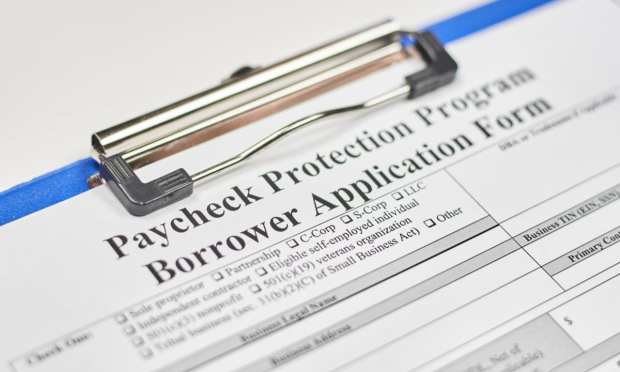New SBA Data Shows PPP Loans With Missing Details

New Paycheck Protection Program (PPP) data from the Small Business Administration (SBA) indicates that aid moved to small businesses as well as bigger companies. The agency’s disclosure offered the names, addresses and exact loan amounts of millions of entities that took out PPP loans, The Wall Street Journal (WSJ) reported on Wednesday (Dec. 2).
Just over 600 firms were the recipients of the top loan amount of $10 million. That figure would show that a company had many staffers because borrowers usually attained funding equivalent to about 2.5 times their average monthly payroll before the coronavirus.
In the past, the SBA had provided in-depth data for PPP loans that exceeded $150,000, but most of the initiative’s loans were below that amount.
A number of people who own small companies indicated the loans served as a lifeline amid closures required by the government and social distancing procedures caused by the pandemic, according to WSJ. Borrowers can receive forgiveness if they satisfy some conditions.
“SBA’s historically successful COVID relief loan programs have helped millions of small businesses and tens of millions of American workers when they needed it most,” a representative for the SBA said in a statement regarding the new data, per WSJ.
Since making its debut in early April, the PPP had a challenging time. Delays and technical flaws surfaced at first, and then Treasury Secretary Steven Mnuchin said any small company receiving a PPP loan over $2 million could face an audit.
After that point, the fear was a lack of certainty about forgiveness, and the risk of encountering an audit — or worse — caused more than a few companies to give back the funds.
The SBA’s inspector general said there were “strong indicators of widespread potential abuse and fraud in the PPP,” according to a previous WSJ report.
Just in September, the Treasury Department was the recipient of more than the previous record count of suspicious activity reports connected with loans to companies than it typically received in a full year, according to WSJ.
